Do you find yourself breaking out at the same time every month?
It may be because of your hormone cycle. Yes, while the burst of new hormones that cause your teen breakouts may have subsided, that doesn’t mean that they’re done wreaking havoc on your face. But, it also doesn’t mean you can’t fight it!
Contents
What is Hormonal Acne?
If you’ve been tracking your breakouts and notice that they occur at the beginning of week 3 of your cycle (about 2 weeks before your period begins), then congratulations, you’re looking at a case of hormonal acne. During this week in your cycle, the hormones estrogen and progesterone drop dramatically if no egg has been fertilized, while you will also experience a slight increase in testosterone.
While testosterone is thought of as the ‘male’ sex hormone, it exists in slightly differing amounts in everyone. Amongst other things, this androgen triggers oil production (sebum) in skin and hair follicles – meaning you might see oilier hair during this week too. This oil provides the perfect breeding ground for bacteria, and thus causes clogged pores, pimples and cystic acne (those somewhat painful bumps just under the skin) – usually around the chin and jawline.
And unfortunately, while this bump in testosterone during your 3rd week is likely to start your trouble skin, the effects can continue through your cycle, sometimes right through your period.
So What Can You Do About It?
So if the causes of these monthly crops of clogged pores and zits are hormonal, does that mean you’re powerless against them? Not quite! Here are 4 of the best tactics for tackling testosterone’s onslaught.
1.Stop the Spot Before it Starts
The best offense is a good defense, so you need to pay extra special attention to your skincare routine during this week of your cycle.
Firstly, hydrate, hydrate, hydrate! The spike in testosterone and dip in estrogen can leave your skin dehydrated – yes, and oily too; hello, combination skin! – so make sure you’re drinking your half gallon (2 L) of water a day.
Next, brush up on the correct order to use your skincare products. In particular, remember to use a cleanser with salicylic acid the week prior to your period, as this acne-busting ingredient helps to remove excess oil and give your pores a deep clean.
And, of course, if you can see or feel a pimple starting to form, go ahead and start treating it with your ESPADA – the blue light therapy will combat the bacteria that’s forming.
2.Adopt an Acne-Fighting Diet
PMS can make even the most cross-fit-and-smoothie addicted of us go on a junk food binge, but sticking to healthy foods is the best recipe for clear skin.
For a short-hand guide, stick to these basics:
Do:
- Drink more water
- Eat more leafy green veggies
- Cut back on sugar (including lactose!)
Don’t:
- Over-Drink – alcohol = sugar, sugar = breakouts
- Pig out on processed foods – fresher is better!
3.Outrun Your Acne
Regular exercise is an important part of overall health, both physical and mental, which is why it’s so important not to skip when you’ve PMSing or have your period.
Not only do you feel more energetic and generally bad-ass after an intense workout, sweating is actually great for your period acne!
It helps cleanse your pores by pushing excess dirt and bacteria to the surface of your skin, ready to be cleansed away in your nice steamy post-gym shower. A mini face brush like LUNA play plus is perfect for tossing into your gym bag for lunch time workouts!
4.Explore the Pimple-free Effects of the Pill
Hormonal birth control – including oral contraceptives, patches and vaginal rings – regulate hormone levels to prevent pregnancy. Certain forms containing both estrogen and progesterone lower the amount of androgens in your body, and thus lower sebum levels. These methods of birth control lead to fewer acne breakouts for many women, but be sure to talk with your healthcare provider before deciding if this is right for you.
Disclaimer: The information on this website and any related links are for general informational purposes only and should not be considered a substitute for professional advice. Do not use the information on this website for diagnosing or treating any medical or health condition. If you have or suspect you have a medical problem, contact a professional healthcare provider.


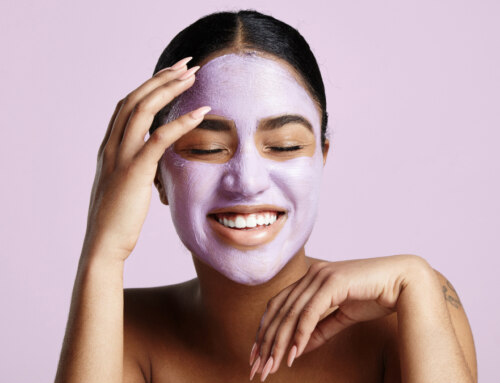
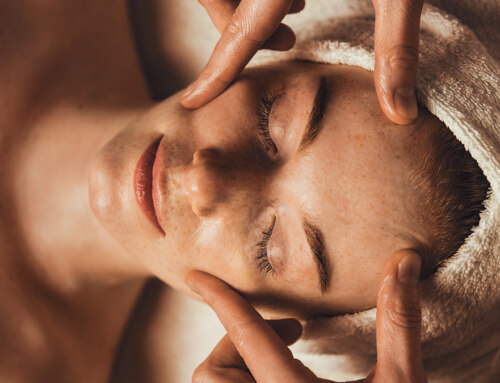

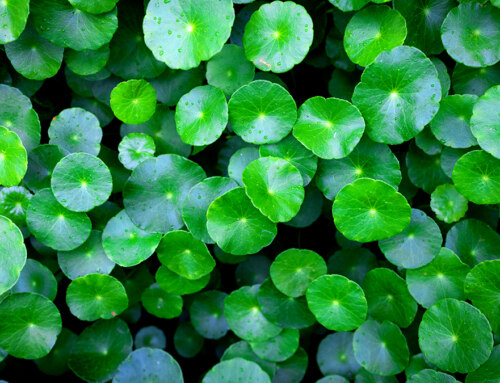
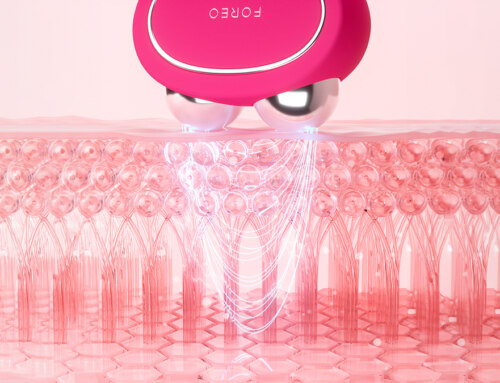
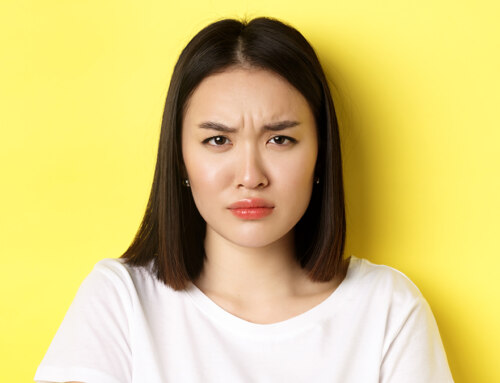
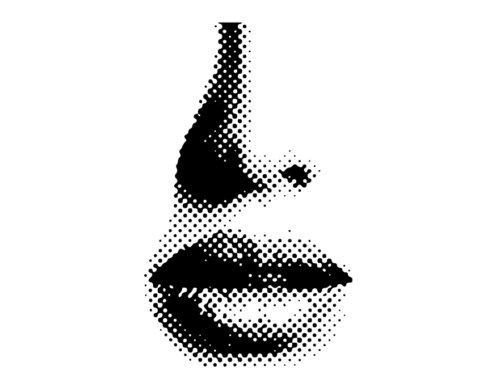

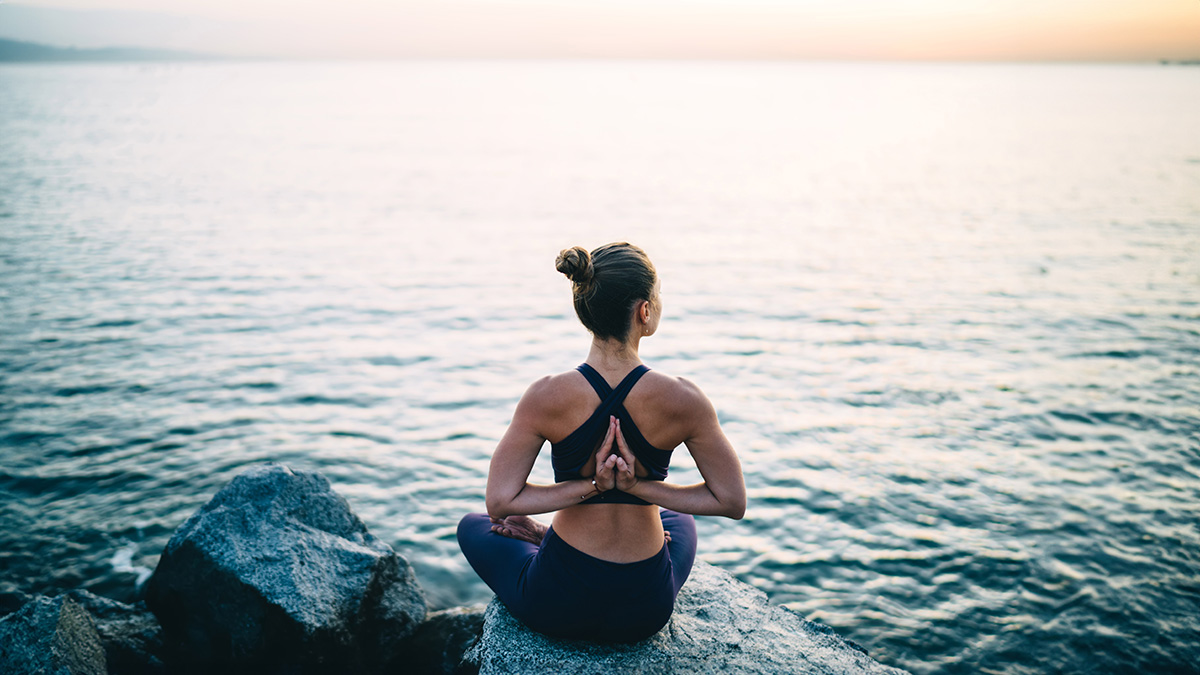


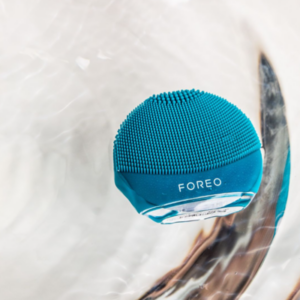
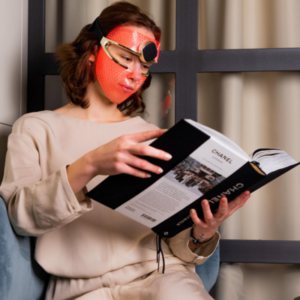
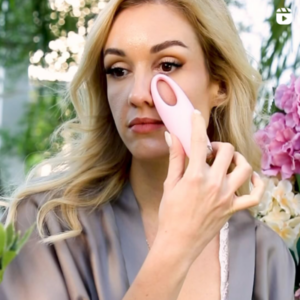
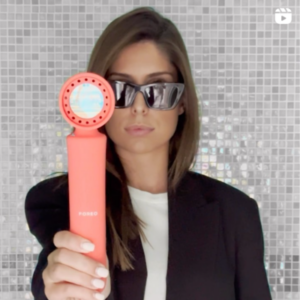
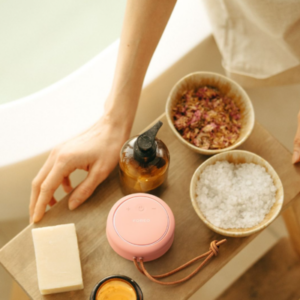
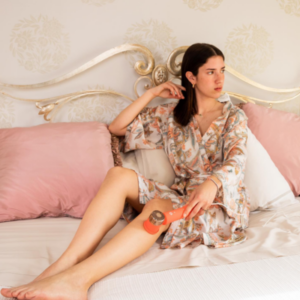
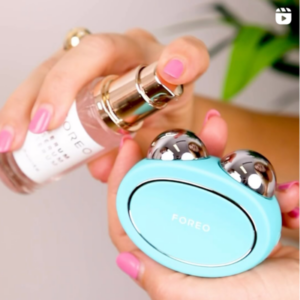
I started getting acne at 24, hormone related acne due to PCOS. NOTHING worked, I tried it all; homeopathic, prescription pills and topicals, I was close to giving up. I saw reviews for dermalmd acne serum and figured I’d try it. I’m so glad I did, it keeps my acne at bay, and doesn’t stain my pillowcases (or anything for that matter) highly recommend!
I am 17 year mate does have pimples but me mine is always all over my face atime it go off later it comes back am feed up spending alot and shameful of having pimples on my face
Hi Gladys, try to follow our tips, I hope they help you :) Try to focus on what you are eating, avoid greasy food and follow your intake of water which is very important with pimples and acne prone skin. You can also try one of our many FOREO devices combined with our Micro-Foam cleanser which can help you gently and efficiently clear your skin :) Hope you see the good results soon,
Best Regards
i always break out so bad everywhere on my face a week before my period! it’s all white puss pimples either my forehead, worse even in my checks and chin.
I’ve had regular acne since elementary school, but when I hit my 20’s I became more prone to hormonal cystic acne. I mostly get it around “that time of the month” and it’s very embarrassing and painful. For years I went to dermatologists and aestheticians for prescription creams, extractions, and antibiotics but nothing seemed to work well for me. i started using derma lmd anti acne serum and it really worked
Dear Clair, thank you for sharing! Ahh, acne can be such a burden! Our ESPADA™ might be the perfect solution :) Check it out at: https://www.foreo.com/espada